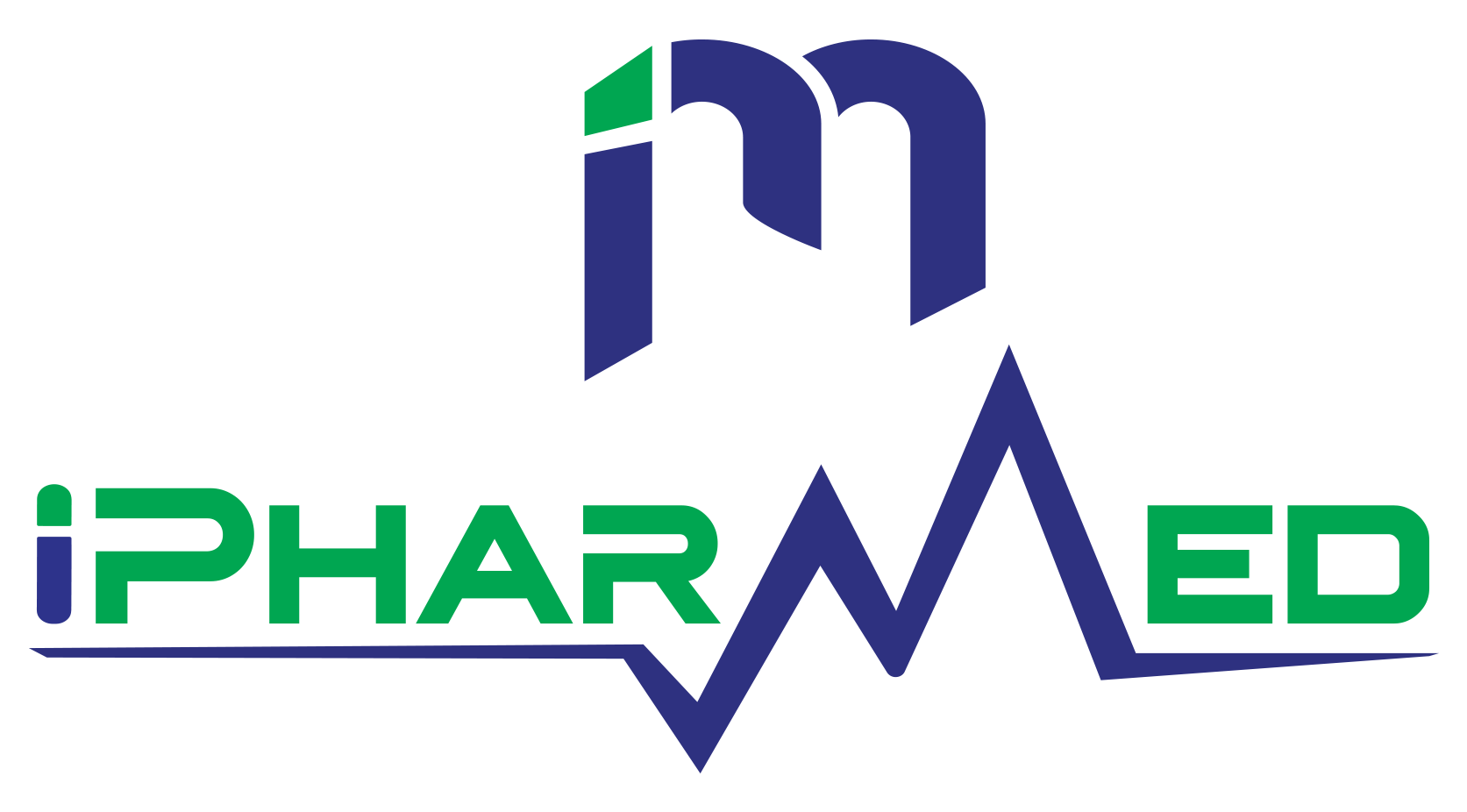INTRODUCTION (1)2
-
A. Objective (1.1)
This guidance describes scientific and regulatory considerations for the development, implementation, operation, and lifecycle management of continuous manufacturing (CM). Building on existing International Council for Harmonization (ICH) Quality guidances, this guidance provides clarification on CM concepts and describes scientific approaches and regulatory considerations specific to CM of drug substances and drug products.
-
B. Scope (1.2)
This guidance applies to CM of drug substances and drug products for chemical entities and therapeutic proteins. It is applicable to CM for new products (e.g., new drugs, generic drugs, biosimilars) and the conversion of batch manufacturing to CM for existing products. The principles described in this guidance may also apply to other biological/biotechnological entities. CM involves the continuous feeding of input materials into, the transformation of in-process materials within, and the concomitant removal of output materials from a manufacturing process. While this description may apply to an individual unit operation (e.g., process chromatography, tableting, perfusion cell culture), this guidance focuses on the integrated aspects of a CM system in which two or more unit operations are directly connected. In this context, any changes made in a unit operation of a CM system may have impact on downstream and upstream unit operations (e.g., back pressure resulting in forward mixing) and output material quality. Fundamental aspects of CM that are generally notspecific to technology, dosage form, or molecule type are described within the main body of this guidance. Annexes are provided to augment the main body of the guidance by providing illustrative examples and considerations specific to certain modalities (e.g., chemical entities, therapeutic proteins), technologies, and production methods (e.g., integration of drug substance and drug product manufacturing). The examples and approaches described in these annexes are illustrative, and alternative approaches can be used. Topics that are broadly applicable to both CM and batch manufacturing are not in the scope of this guidance, and other existing ICH guidances should be used as appropriate. In general, FDA’s guidance documents do not establish legally enforceable responsibilities. Instead, guidances describe the Agency’s current thinking on a topic and should be viewed only as recommendations, unless specific regulatory or statutory requirements are cited. The use of the word should in Agency guidance’s means that something is suggested or recommended, but not required.
